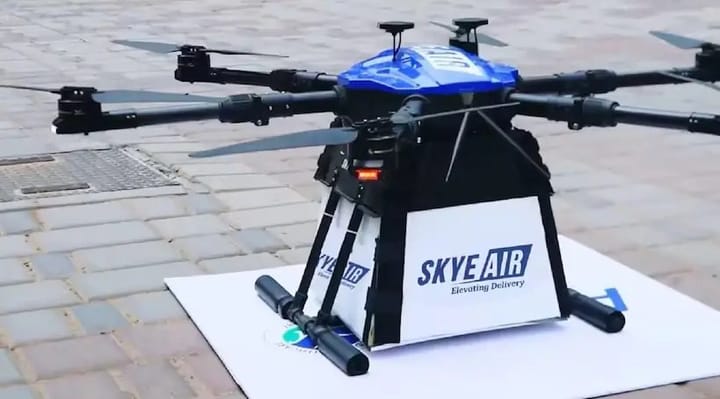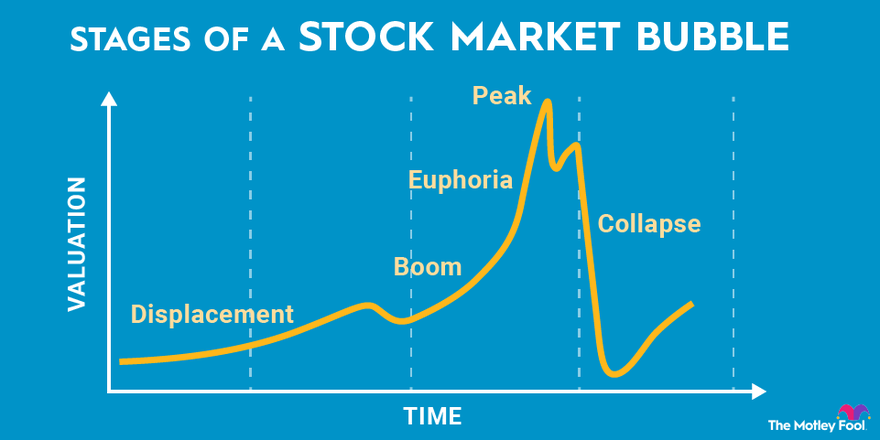Drone Delivery Takes Flight - Analyzing the Economic Impact in 2024

The buzz around drone delivery has transitioned from a futuristic concept to a tangible reality in 2024. As companies refine their technology and regulations adapt, the economic impact of this burgeoning industry is becoming increasingly evident. This article delves into the current state of drone delivery, its economic implications, and what the future might hold.
From Novelty to Necessity: The Rise of Drone Delivery
While early trials sparked public interest, drone delivery in 2024 is rapidly evolving beyond its initial novelty. A confluence of factors is driving this growth, including:
- E-commerce Boom: The exponential rise of online shopping, further fueled by the pandemic, has placed immense pressure on traditional delivery networks. Drones offer a potentially faster, more efficient solution, especially for last-mile delivery.
- Technological Advancements: Drones are becoming more sophisticated, with improved battery life, payload capacity, and autonomous navigation systems. This enables them to cover larger distances and handle more complex deliveries.
- Favorable Regulations: Governments worldwide are recognizing the potential of drone technology and are implementing regulations that allow for safe and controlled operations. For instance, the FAA's Beyond Visual Line of Sight (BVLOS) regulations in the US have been instrumental in expanding drone delivery capabilities.
The Economic Upswing: Quantifying the Benefits
The economic impact of drone delivery extends across various sectors. Here's a closer look at some key areas:
1. Job Creation and Industry Growth:
Contrary to concerns about job displacement, drone delivery is creating new employment opportunities. The industry requires skilled professionals for drone operation, maintenance, data analysis, software development, and regulatory compliance. According to a report by the Drone Industry Insights, the global drone delivery market is projected to create over 200,000 jobs by 2025.
2. Cost Savings and Efficiency Gains:
Drone delivery promises significant cost reductions compared to traditional methods. By eliminating the need for delivery trucks and drivers, businesses can save on fuel costs, vehicle maintenance, and labor expenses. Furthermore, drones' ability to navigate traffic congestion and take direct routes translates into faster delivery times, improved efficiency, and reduced inventory costs.
3. Boost to Local Businesses and Economies:
Drone delivery has the potential to level the playing field for small and medium-sized businesses (SMBs) by providing them with access to affordable and efficient delivery solutions. This allows them to compete more effectively with larger corporations and expand their customer reach, ultimately contributing to local economic growth.
Beyond the Horizon: Challenges and Future Outlook
While the future of drone delivery appears promising, several challenges need to be addressed to unlock its full potential:
- Public Acceptance and Safety Concerns: Addressing public concerns regarding privacy, noise pollution, and the safety of drone operations is crucial for widespread adoption.
- Scalability and Infrastructure: Building a robust and scalable infrastructure to manage a large volume of drone deliveries, including designated airspaces and charging stations, is essential.
- Security and Regulation: Ensuring the security of drone operations against cyber threats and establishing comprehensive regulations to govern airspace management and liability issues are paramount.
Concluding Thoughts: A Transformative Technology Taking Flight
Drone delivery is rapidly transforming the logistics landscape, offering a glimpse into the future of transportation and commerce. As technology continues to evolve and regulations adapt, we can expect to see further integration of drones into our daily lives. The economic benefits are undeniable, promising job creation, cost savings, and increased efficiency across industries. Addressing the existing challenges through collaboration between industry stakeholders, regulators, and the public will be crucial in ensuring the safe, secure, and sustainable growth of this transformative technology.











Comments ()